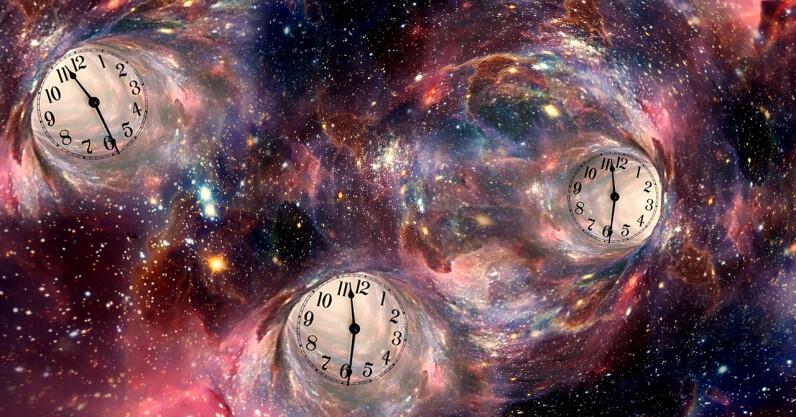Oxford physicists enlist and entangle atomic clocks in the hunt for dark matter

Scientists at the University of Oxford recently published the results of a mind-blowing experiment wherein they entangled two atomic clocks at a record-breaking distance of two meters. Up front: Atomic clocks have been in popular use since the 1950s. They’re used in myriad applications ranging from managing fairness on the stock market to allowing spaceships to navigate at extreme speeds. The Oxford team’s experiment involved a relatively new wrinkle to the formula called an optical atomic clock. Where traditional atomic clocks typically rely on energizing atoms at precise frequencies (read: zapping them with microwaves), the optical variety uses a lattice…
This story continues at The Next Web
from The Next Web https://ift.tt/ESY6lBn
Comments
Post a Comment